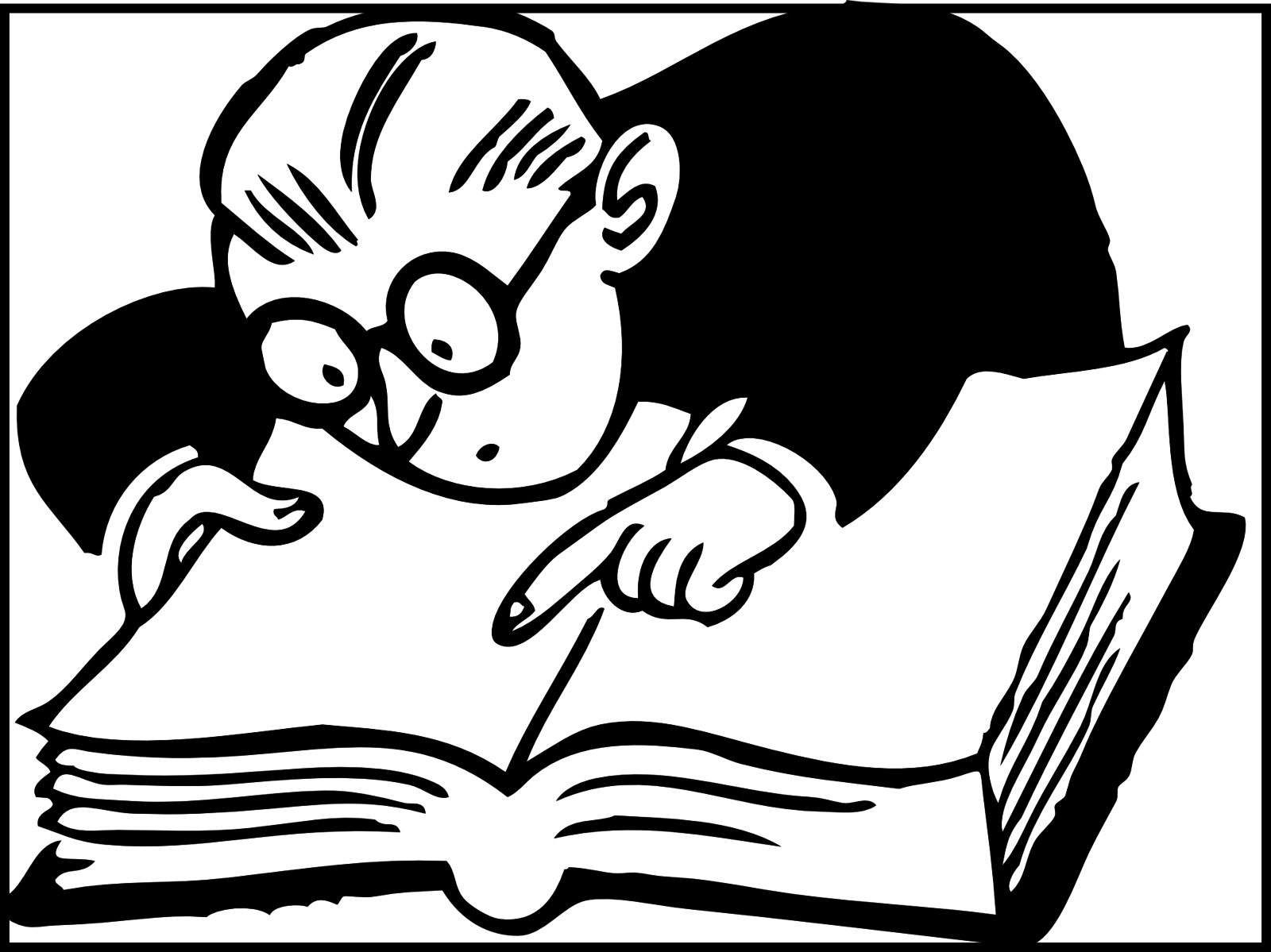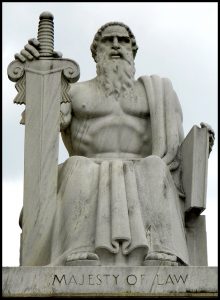 What do bylaws make possible for accomplishing an organization’s mission? Aside from meeting various external regulatory standards, what good do bylaws really do for an organization and the mission they have set out to accomplish?
What do bylaws make possible for accomplishing an organization’s mission? Aside from meeting various external regulatory standards, what good do bylaws really do for an organization and the mission they have set out to accomplish?
These were just some of the questions our board and community members explored at our July 2016 board meeting, as we considered Creating the Future’s own bylaws in this time of organizational transition.*
What Are Bylaws?
According to Wikipedia…
A by-law is a rule or law established by an organization or community to regulate itself, as allowed or provided for by some higher authority. The higher authority, generally a legislature or some other government body, establishes the degree of control that the by-laws may exercise.
Bylaws are therefore not a statement of external law, but a statement of self-determination, self-regulation, self-leadership, self-governance – self-guidance – within that external law.
 As we seek to document what that self-guidance looks like in practice, what could our bylaws make possible?
As we seek to document what that self-guidance looks like in practice, what could our bylaws make possible?
What Guiding Documents Make Possible
During our conversation, 2 broad categories of potential emerged:
1) Accomplishing the mission:
A self-guidance document could guide us to accomplish the mission. Such a document would be rooted in the question, “What would need to be in place to support people to take meaningful action to accomplish our mission?” That internal guide would be a Purpose Document, the touchstone for all decisions made by anyone taking any actions associated with Creating the Future.
Document #1: The Purpose Document
As we transition the infrastructure that will accomplish the mission, that first document would define how we be together and would guide anyone who wishes to be part of the experiment to know what it takes to do so. That self-guidance document would…
• State why we exist – our purpose in the world, what we intend to accomplish
• Define that “why” as the context for all decisions
• Define the Catalytic Thinking framework as the process by which all decisions would be made
• Determine who can make what decisions
2) Sustaining the Legal Entity
A self-guidance document could guide us to sustain the legal entity that is the tax-exempt corporation. Such an Organizational Document would be a support to the Purpose Document, providing internal systems to ensure the organization’s ongoing ability to exist and thrive as a legal entity.
 Document #2: The Organizational Document
Document #2: The Organizational Document
As a support document, this second document would define how the organization will ensure its ongoing ability to operate. That support document would…
• Reference the Purpose Document, and state the purpose of the Organizational Document as a support to that purpose, to ensure the Organizational Document is never seen as a stand-alone or primary document.
• State that the organization will meet or exceed external legal and regulatory requirements
• Cite statute that protects individual board members from liability except in the case of gross negligence or willful misconduct.
• Define systems for meeting / exceeding external requirements that create conditions for success (vs. defending against / reacting to potential risks).
• Define the process by which any problem situation will be addressed, using Catalytic Thinking to bring out the best in the people involved and the situation, to ensure we are not being reactive, and to model a more effective way to address litigation or other potential risks.
• Define processes for ensuring board members have the information they need for making decisions – deep understanding of the mission, the organizational structure and how it works, and Catalytic Thinking as a framework for their work.
Analysis
What became clear in the discussion is the glaring dichotomy between the old understanding of “bylaws” and a new understanding of the supports needed to accomplish our mission – to bring out the best in people and situations, everywhere in any circumstance, through the questions we ask.
Traditional Purpose of “Bylaws”
Question: What could go wrong, and how do we protect against that?
Creating the Future’s Guiding Documents
Question: What will create conditions for success, even when things go wrong?
We know our guiding documents will be able to accomplish that. When they do, they will not just be documents that meet / comply with legal and regulatory standards. They will be documents that guide us to exceed all expectations of what is possible, leading us to accomplish our mission.
Which led to the discussion of language, and its role in either perpetuating the status quo or creating a far more effective way of being together.
 Language: The Word “Bylaws”
Language: The Word “Bylaws”
From our conversation about “bylaws,” it has become clear that the multiple assumptions contained in that word makes it difficult to consider something dramatically different from the way things have always been.
Because the word “bylaws” contains the word, “law,” the very name of the document suggests that bylaws have some legal authority, which they do not. It suggests that bylaws provide legal protection for individuals who make decisions on behalf of the organization, which again, most bylaws do not do.
The other thing the word “law” conjures for many of us is the purpose for laws in the first place – to ensure that people don’t do bad things, and to state consequences if they do. Again, most bylaws do not do that, either.
What bylaws do provide for an organization is generally a prescriptive list of “shoulds” – functions that should be in place, ways the organization should address this issue or that. Because those “shoulds” are generally written by attorneys, and because the use of boilerplate repeats the same legalese structures over and over again, we lay people assume those are the way to ensure an organization is operating legally, which again, is simply not so.
For those of us who have spent decades in public service, we have decades of those assumptions to wade through in our own minds when the discussion turns to bylaws. Our own board members at Creating the Future are certainly not immune to those old tapes playing over and over in our minds; we are just intent on preventing them from ruling our vision of what is possible!
What the discussion at our board meeting made evident is that the very nature of the word “law” as applied to our own self-guidance documents goes directly counter to Creating the Future’s mission. Our mission is to bring out the best in ourselves and others, while laws are about reacting to / protecting against the worst in others.
In order to align everything at Creating the Future, internally and externally, with bringing out the best of what it means to be human, we must stop using a term that, no matter where we start the conversation, creates dissonance.
What that means going forward is that we will use words that describe our real intent for our self-guidance documents. And that because others may be looking at our bylaws without the benefit of our discussion, we will use the word “bylaws” in parentheses under whatever title we eventually do give to the document(s) that guide our actions. (We may even refer to this post in those documents, if people want to know why!)
Words of Gratitude
As you watch or listen to the meeting (and if you are a geek about leadership systems, we encourage you to do so!), you will hear our board and community members courageously breaking through those old paradigms to birth something new. We are grateful to Karl, Justin, Angie, Dimitri, Hildy, Jane and Rebecca, for demonstrating what it looks like when group members trust each other enough to step out of their comfort zone and explore what is possible.
Per Karl’s suggestion, we will be retaining our old boilerplate “bylaws” until our restructuring is done, after which we will draft guiding documents that better reflect our mission and values. If you want to be part of that restructuring discussion, click the CONTACT link, and we’ll be sure to loop you in.
* Our conversation was informed by several in-depth discussions the board held around “bylaws” back in 2013 and 2014 – conversations around the “why” of bylaws, and the “why” of organizations overall. (To review those older discussions, head to this link).
Art credit: All art in this post is in the public domain, and was discovered at Wikimedia Commons
